A lining ring composite steel segment is a structural component commonly used in the construction of tunnels, shafts, or large-scale underground infrastructure projects such as subways, railways, and water tunnels. The lining ring refers to the circular or annular segments that form the inner lining or support structure of a tunnel, and composite steel indicates the use of different materials in combination with steel to enhance its performance.
In particular, composite materials combine the strengths of steel with other materials like concrete, polymer, or specialized coatings to achieve better durability, corrosion resistance, and load-bearing capabilities. The segments are designed to be interlocked or bolted together to create a continuous, stable lining that protects the tunnel from collapse, water ingress, and other environmental factors.
Steel Base Segment:
The main structural component of the composite steel segment is typically made of steel (e.g., carbon steel, stainless steel, or high-strength alloy steel), which forms the primary load-bearing structure. Steel is selected for its high tensile strength, ability to withstand heavy loads, and resistance to mechanical stress.
The steel segment provides the primary support for the lining ring, ensuring the structural integrity of the tunnel.
Composite Material (Concrete, Polymer, or Other Materials):
The steel segment is often combined with another material to form a composite structure. Common composite materials include:
Reinforced Concrete: Concrete is often used as a liner or overlay because it provides additional compressive strength and durability against ground pressure and environmental conditions.
Polymer Coatings: In some cases, steel segments may be coated with polymers or other protective coatings to enhance their corrosion resistance and prevent degradation due to moisture, chemicals, or other environmental factors.
Fiberglass or Carbon Fiber: For lightweight applications or to enhance specific properties like flexibility or resistance to fatigue, composite segments might also incorporate materials like fiberglass or carbon fiber.
Lining Ring Segments:
Lining rings are typically constructed from multiple interlocking segmental rings that form a complete circle to line the interior of the tunnel. Each segment may be fabricated with pre-cast concrete or steel-reinforced concrete depending on the structural requirements.
The segments are bolted together to form a continuous ring that provides stability and distributes the forces applied on the tunnel structure.
Jointing System:
The composite steel segments often include a jointing system (such as gaskets, rubber seals, or welded joints) to ensure a tight and secure connection between adjacent segments. These joints help to prevent water ingress, reduce vibration, and maintain structural integrity under operational stresses.
Interior and Exterior Finishes:
The interior surface of the lining ring may be smooth to minimize friction and facilitate the passage of equipment or materials, while the exterior surface may be treated with protective coatings or textures to ensure better bonding with the surrounding rock or soil.
In some cases, the composite segments are designed with built-in features to accommodate ventilation systems, waterproofing membranes, and electrical or communication wiring.
Enhanced Durability:
Combining steel with other materials such as concrete or polymers creates a composite structure that can significantly improve the durability of the lining. Steel provides strength, while the other material adds resilience against moisture, chemicals, and wear and tear.
Concrete, for instance, is strong in compression and provides good shielding against external pressure and environmental conditions, while the steel core provides tensile strength.
Corrosion Resistance:
Steel segments coated with protective polymers or treated with anti-corrosion coatings offer enhanced resistance to corrosion, which is crucial in environments with high moisture or aggressive chemical exposure (such as in water tunnels or sewage systems).
Cost-Effective and Efficient Construction:
The use of composite materials allows for a more cost-effective solution, as it combines the strengths of multiple materials. The steel segments can be produced off-site, which speeds up the construction process and reduces overall project costs.
The segments are prefabricated and easily installed, minimizing the time spent on-site and reducing labor costs.
Improved Structural Integrity:
Composite steel segments provide improved load distribution across the tunnel walls. The steel framework offers high strength against tensile stresses, while the other materials contribute to compressive strength and help distribute loads evenly.
The ring structure created by interlocking segments ensures that the tunnel remains stable even under heavy loads or pressure from surrounding soil.
Waterproofing:
The composite materials, especially when combined with rubber seals, gaskets, or polymer coatings, offer excellent waterproofing properties. This is particularly important in preventing water ingress, which could weaken the structure or lead to operational issues.
Waterproof lining is essential for tunnels that transport water or those constructed in high-water-table areas.
Flexibility and Adaptability:
Composite steel segments can be tailored to suit different ground conditions and tunnel diameters, offering flexibility in design and installation. This adaptability makes composite segments an attractive solution for both large and small-scale tunneling projects.
Sustainability:
The use of recyclable materials (such as steel and concrete) contributes to the sustainability of the tunnel lining. In addition, the durability of composite steel segments reduces the need for frequent repairs or replacements, extending the lifespan of the tunnel.
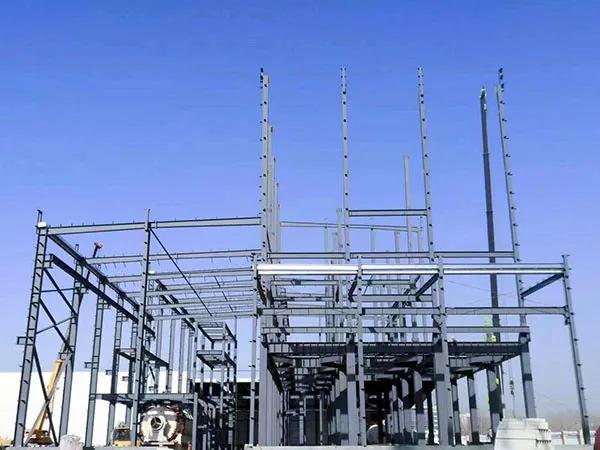
New Materials Steel Structure Factory Project
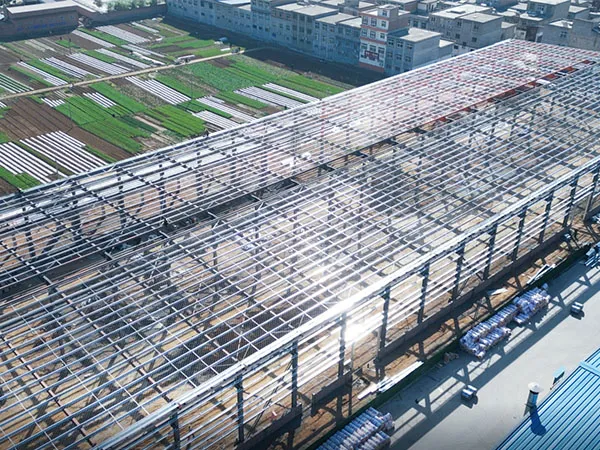
Luoyang Hengrun Metallurgical Technology Co., Ltd. Plant Project
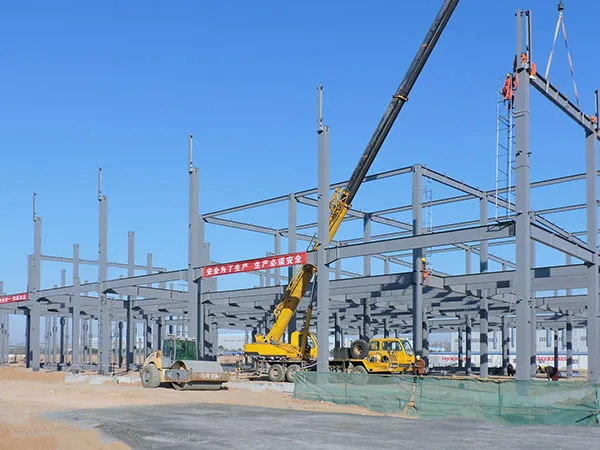
Luoyang Achemet Tungsten-Molybdenum Technology Steel Structure Plant Project
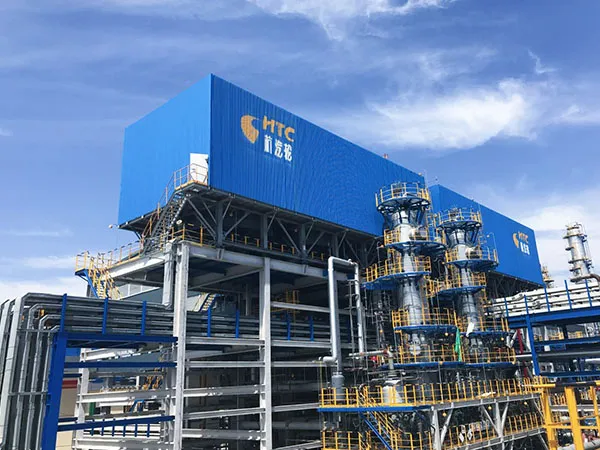
Ordos Zhongtian Hechuang Refining and Chemical Steel Structure Project
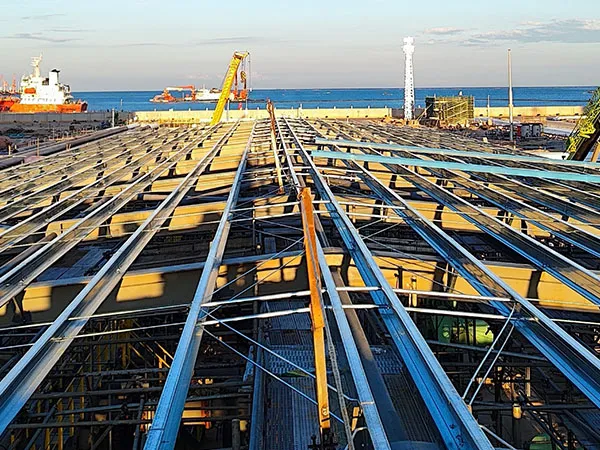
Beihai Finished Oil Reserve Base Steel Structure Roof Project
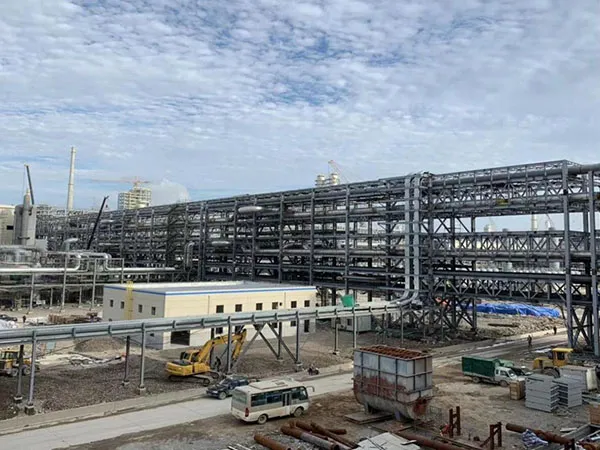
Heavy Oil Catalytic Cracking Unit Steel Structure Project
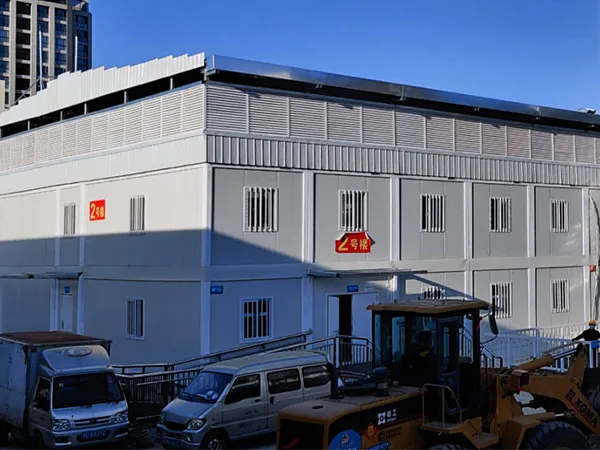
Steel Structure Project for Medical Emergency Treatment Centre
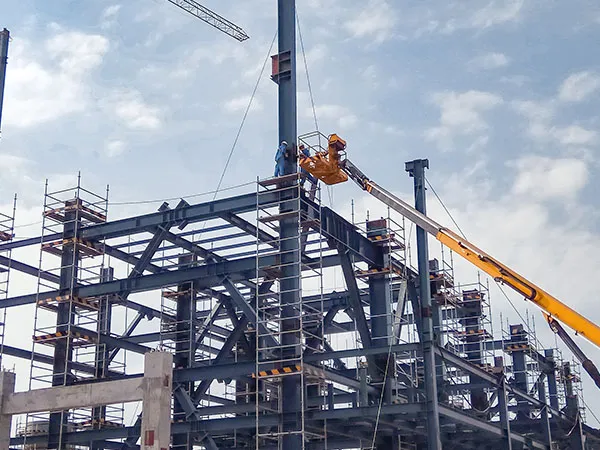
Refining and Chemical Integration Shaped Steel Structure Project